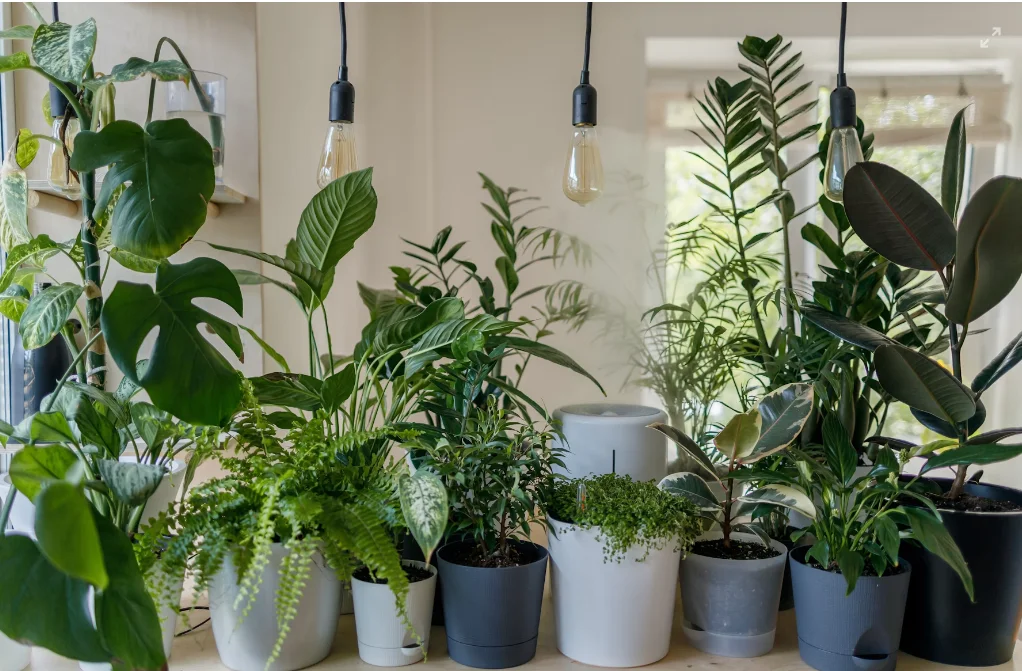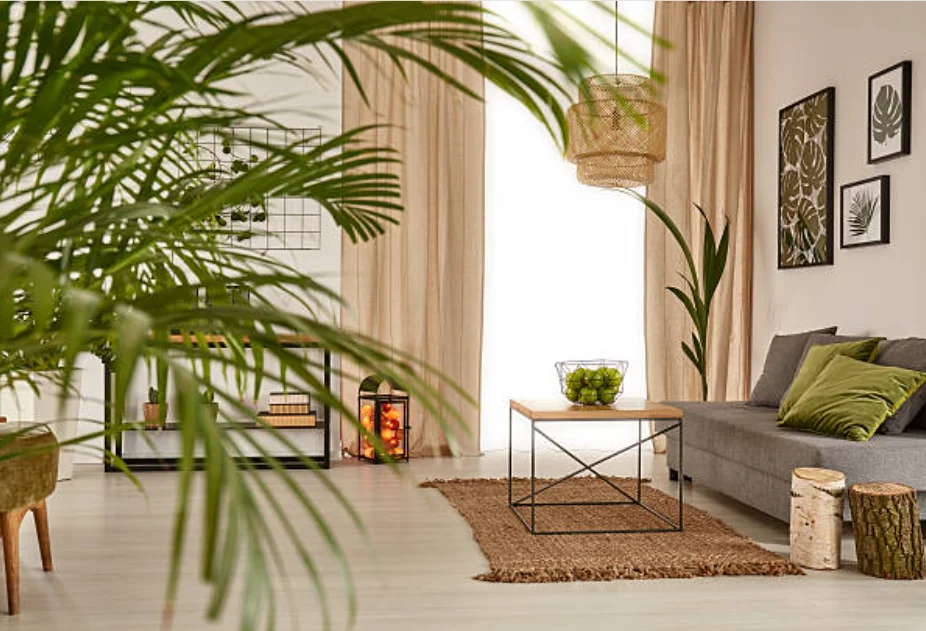Are you looking to breathe some life into your living room? Adding indoor plants can be a fantastic way to bring freshness, color, and a touch of nature into your space. But arranging them in a way that complements your decor and maximizes their impact can sometimes feel daunting. Don’t worry, though – we’ve got you covered!
In this guide, we’ll walk you through everything you need to know about arranging plants in your living room, from selecting the right plants to arranging them like a pro.
Tools You’ll Need
Gather these essential tools before you begin:
Pots and Planters: Choose pots that complement your decor and provide adequate drainage for your plants.
Potting Soil: Ensure you have high-quality potting soil tailored to the needs of your plants.
Watering Can: Opt for a watering can with a narrow spout to water your plants without making a mess.
Pruning Shears: Keep your plants looking their best by trimming dead or overgrown leaves with pruning shears.

Choosing the Right Plants
Before you start arranging, it’s essential to choose the right plants for your living room. Consider factors like the amount of natural light available, the size of the space, and your personal style preferences. Consider a few of the most popular options below:
Snake Plant: Perfect for low-light conditions and known for its air-purifying properties.
Peace Lily: Thrives in medium to low light and adds a touch of elegance with its white blooms.
Fiddle Leaf Fig: Makes a statement with its large, glossy leaves and prefers bright, indirect light.
Spider Plant: Easy to care for and great for hanging baskets, it thrives in moderate to bright light.

Arranging Your Plants
Now that you have your plants and tools ready, it’s time to arrange them in your living room. To help you create a visually appealing display, here are some of the tips:
Consider Height: Place taller plants like fiddle leaf figs or palms near corners or empty spaces to add height to the room.
Grouping: Create visual interest by grouping plants of varying heights and textures together. This can be done on tables, shelves, or plant stands.

Balance: Achieve balance by distributing plants evenly throughout the room. Do not try to cluster them all in one area.
Use Different Containers: Experiment with different pot sizes, shapes, and materials to add variety to your arrangement.
Layering: Create depth by placing smaller plants in front of larger ones or hanging trailing plants from shelves or hooks.

Conclusion
Arranging indoor plants in your living room can be a fun and rewarding experience. By choosing the right plants, gathering the necessary tools, and following these simple tips, you can create a beautiful and harmonious display that breathes life into your space.
With these tips and a little creativity, you can transform your living room into a green oasis that’s as beautiful as it is inviting. Happy arranging!
Frequently Asked Questions (FAQs) about How To Arrange Plants in Living Room
How To Put Plants in a Small Living Room?
In a small living room, maximize vertical space with hanging plants, utilize shelves or window sills, and opt for compact plant varieties to avoid overcrowding.
How to Arrange Plants in House Feng Shui?
According to Feng Shui, placing plants in the east, southeast, and south areas of your home can promote positive energy flow and vitality.
How many plants should you have in your living room?
The number of plants in your living room depends on your space and personal preference; aim for a balance between adding greenery and maintaining an open feel.
How often should I water my indoor plants?
The frequency of watering depends on factors like the type of plant, the size of the pot, and the environmental conditions. In general, it’s best to water when the soil surface feels very dry on contact
Can I keep Indoor plants in Low-Light Conditions?
Yes, there are several indoor plants that can thrive in low-light conditions, such as snake plants, peace lilies, and pothos.
How can I Prevent My Plants From Becoming Leggy or Overgrown?
Regular pruning and proper spacing can help prevent plants from becoming leggy. Trim back any leggy growth and consider repotting or dividing plants that have outgrown their containers.
Where To Put Plants in House Vastu?
In Vastu, it’s recommended to place plants in the north, east, or northeast areas of your house to attract prosperity and harmony.

